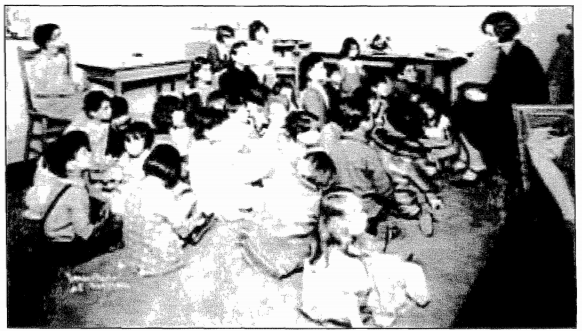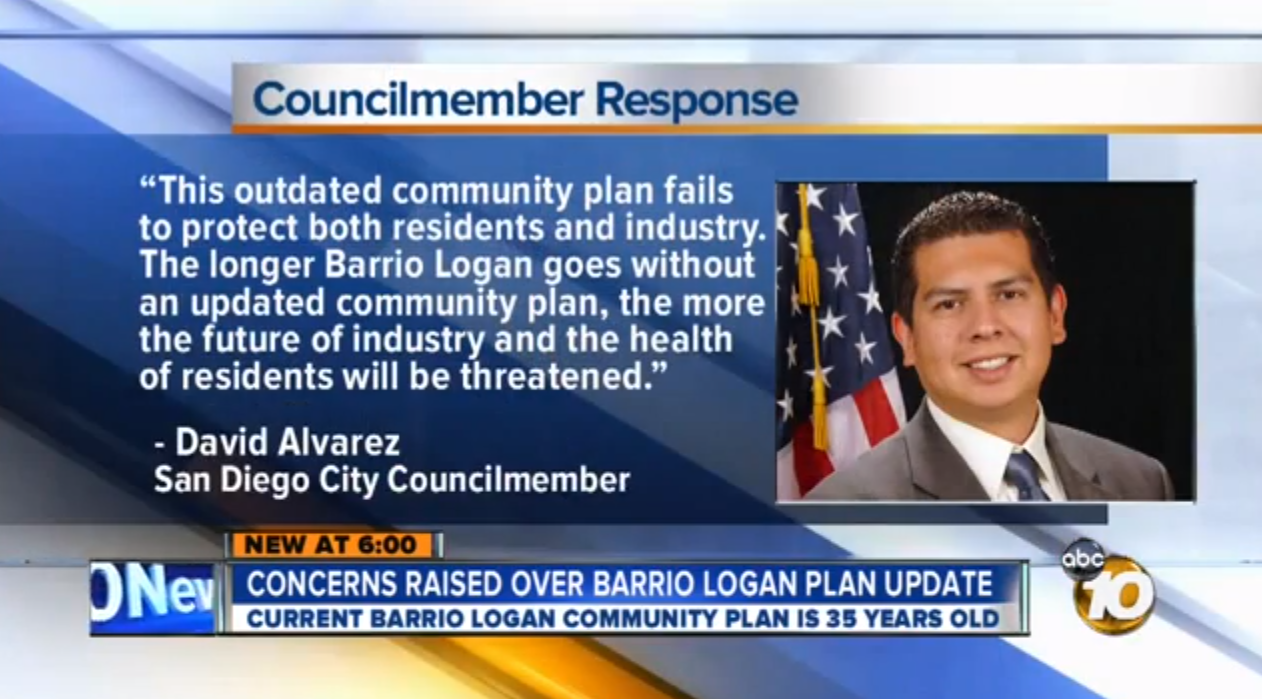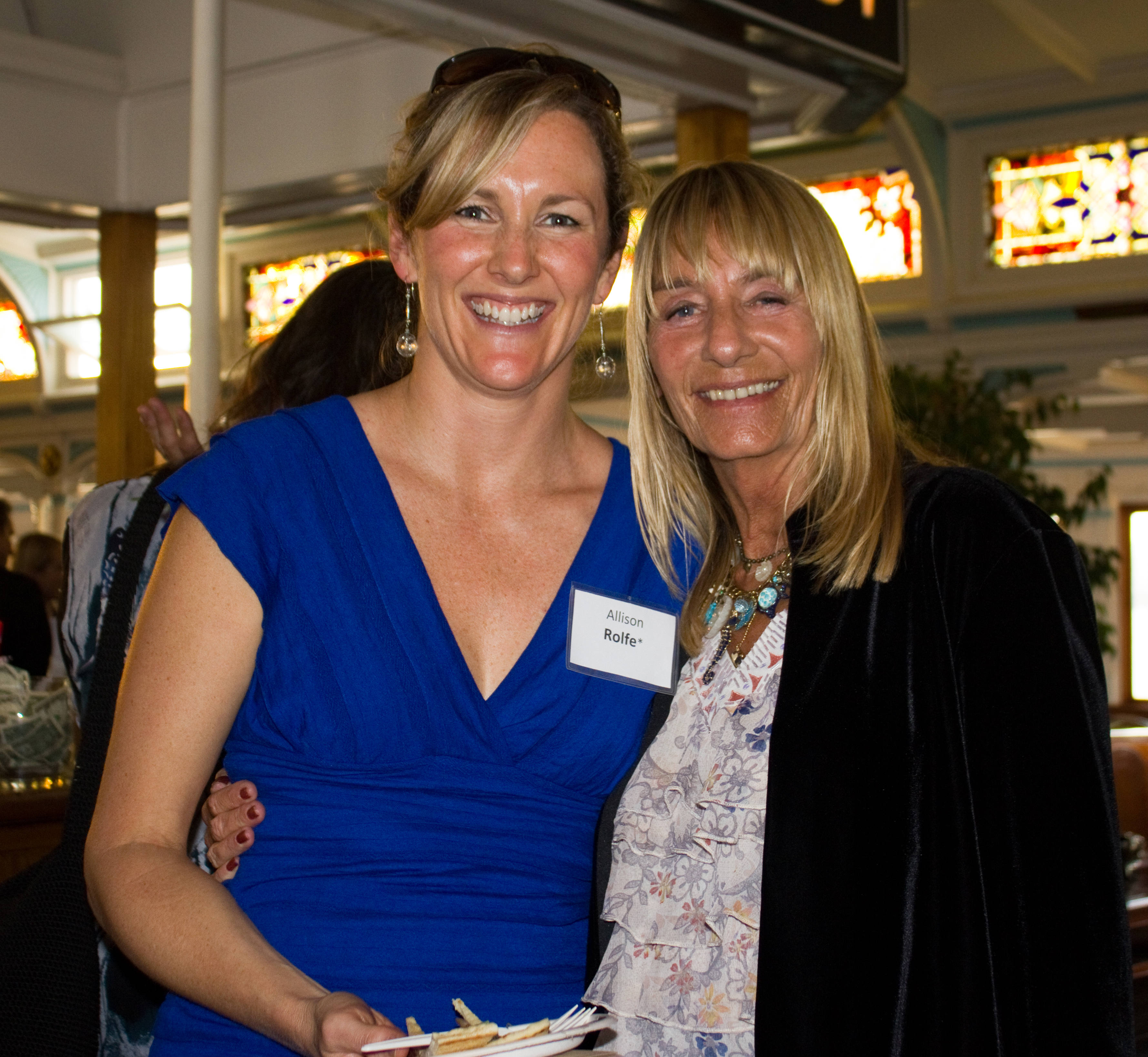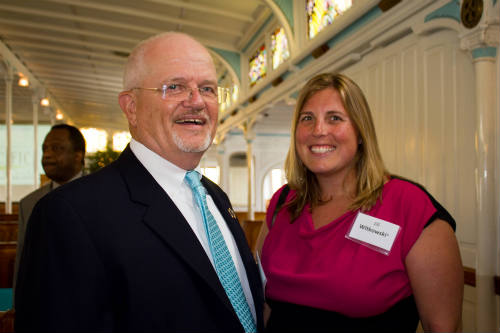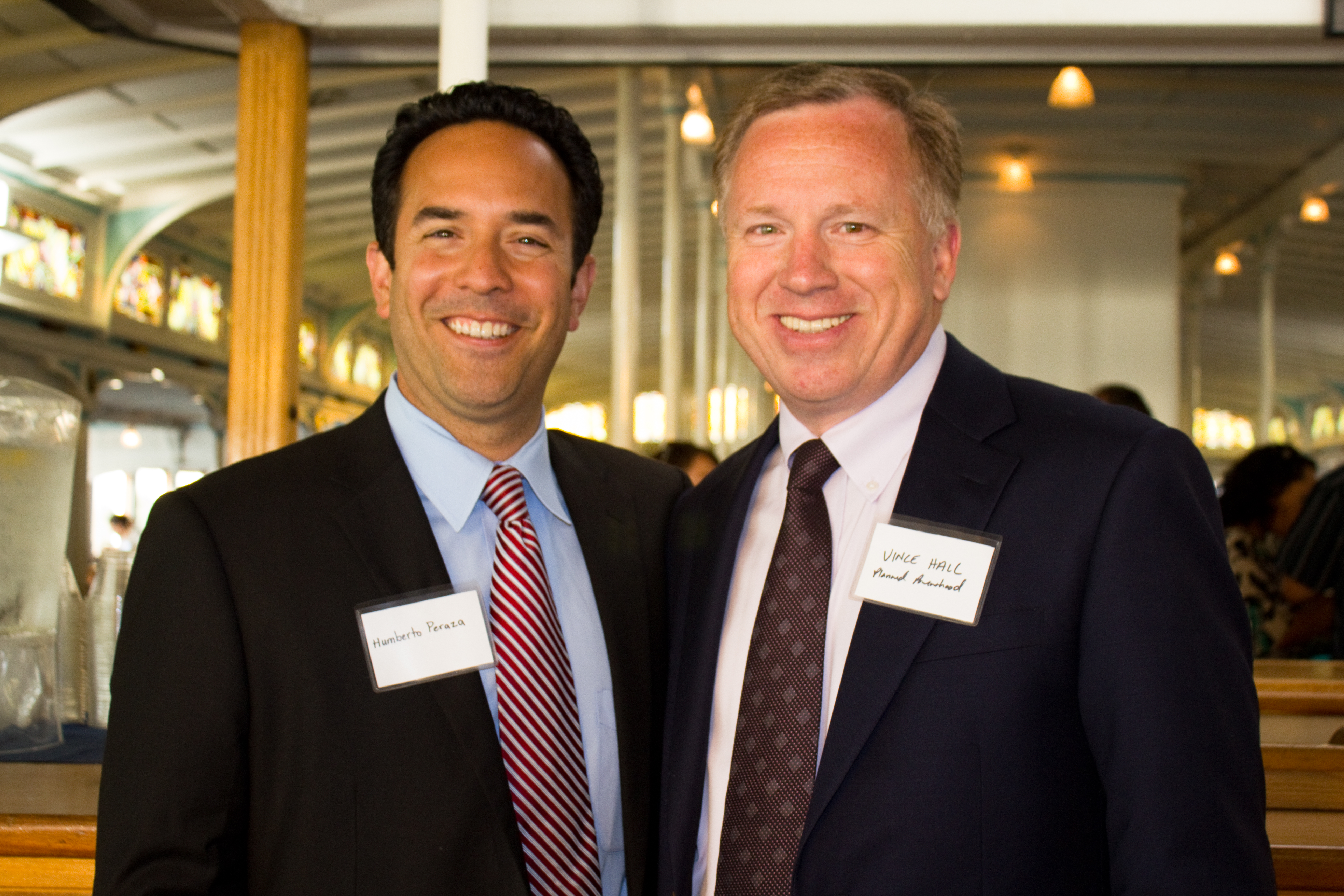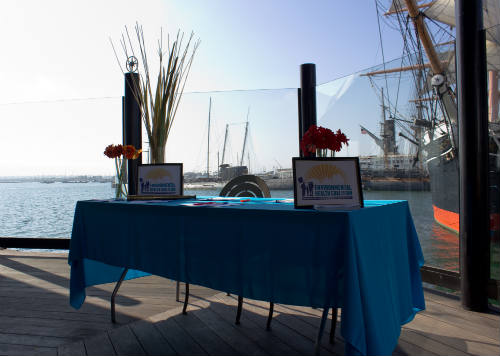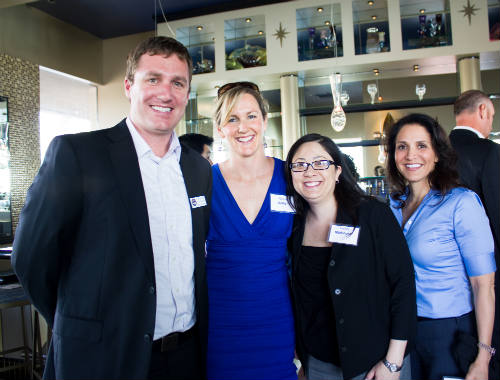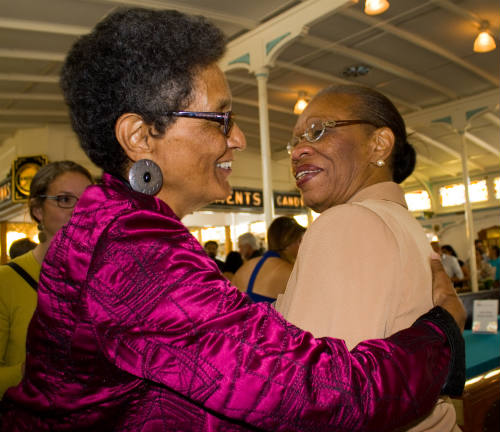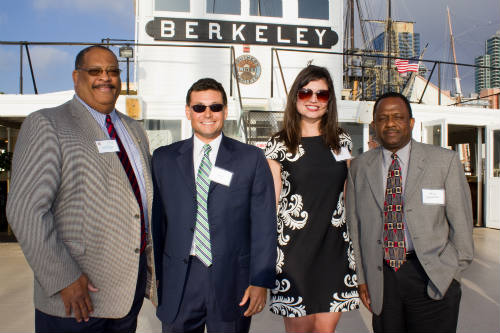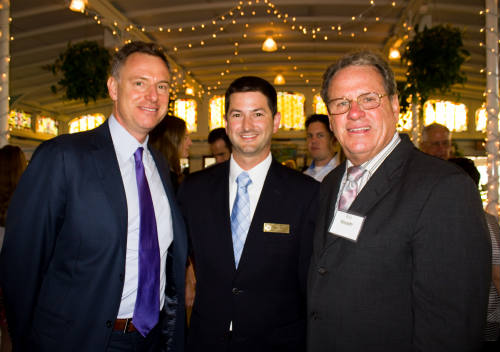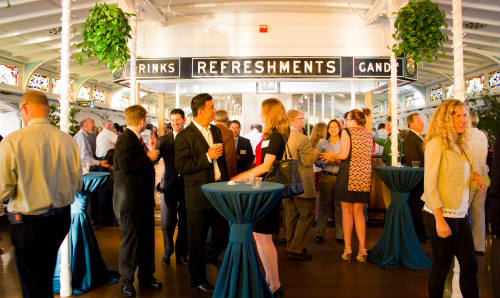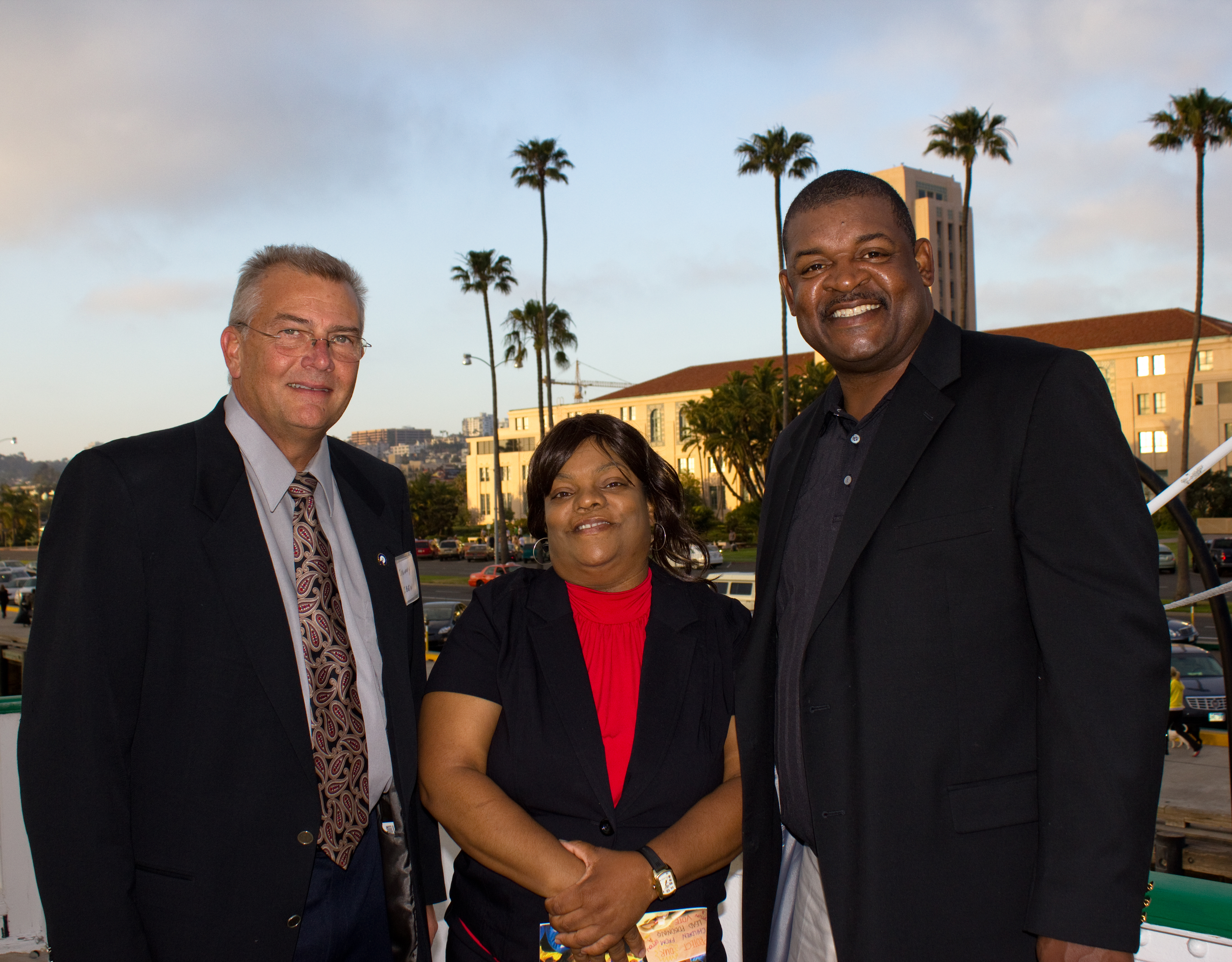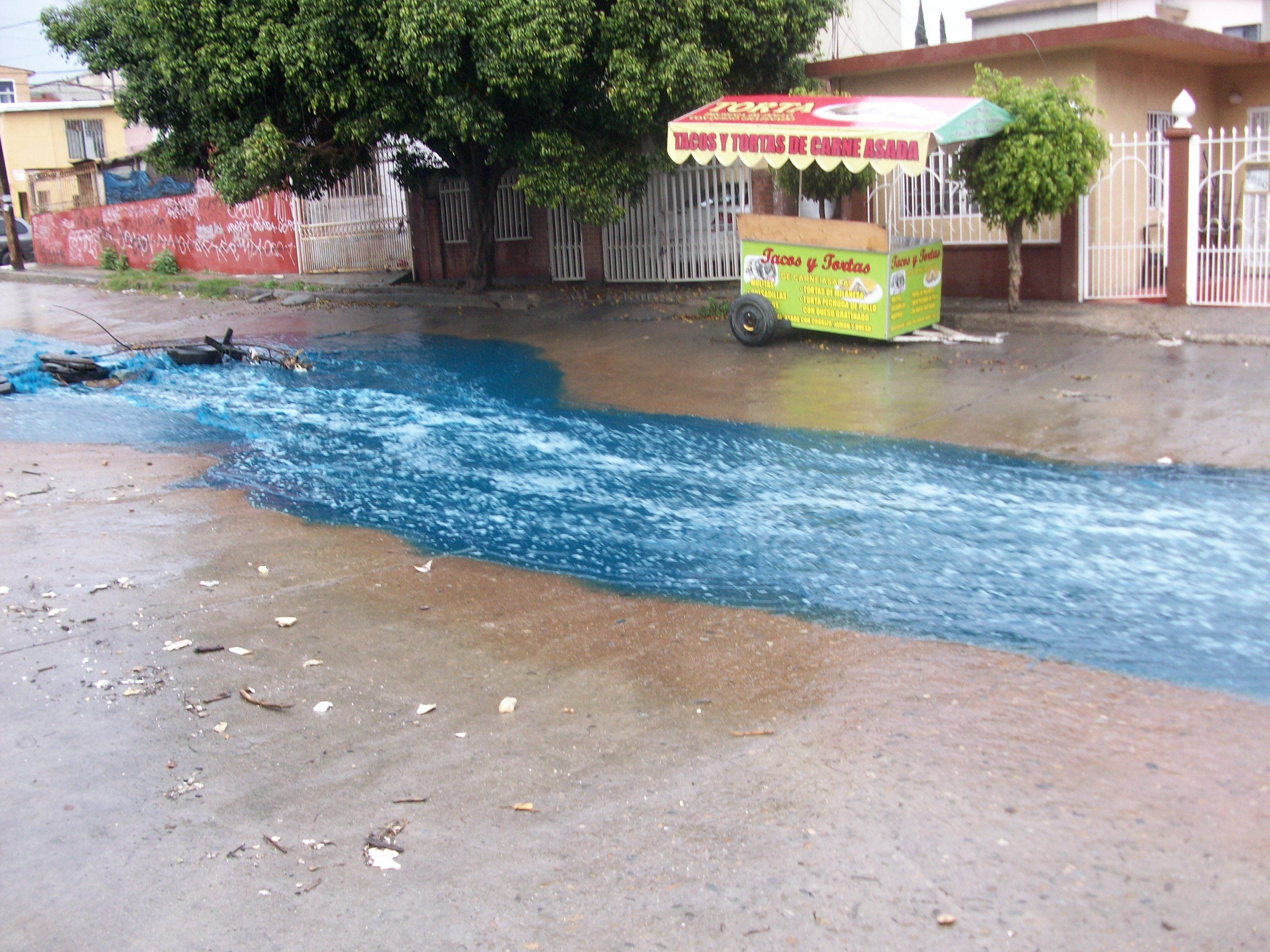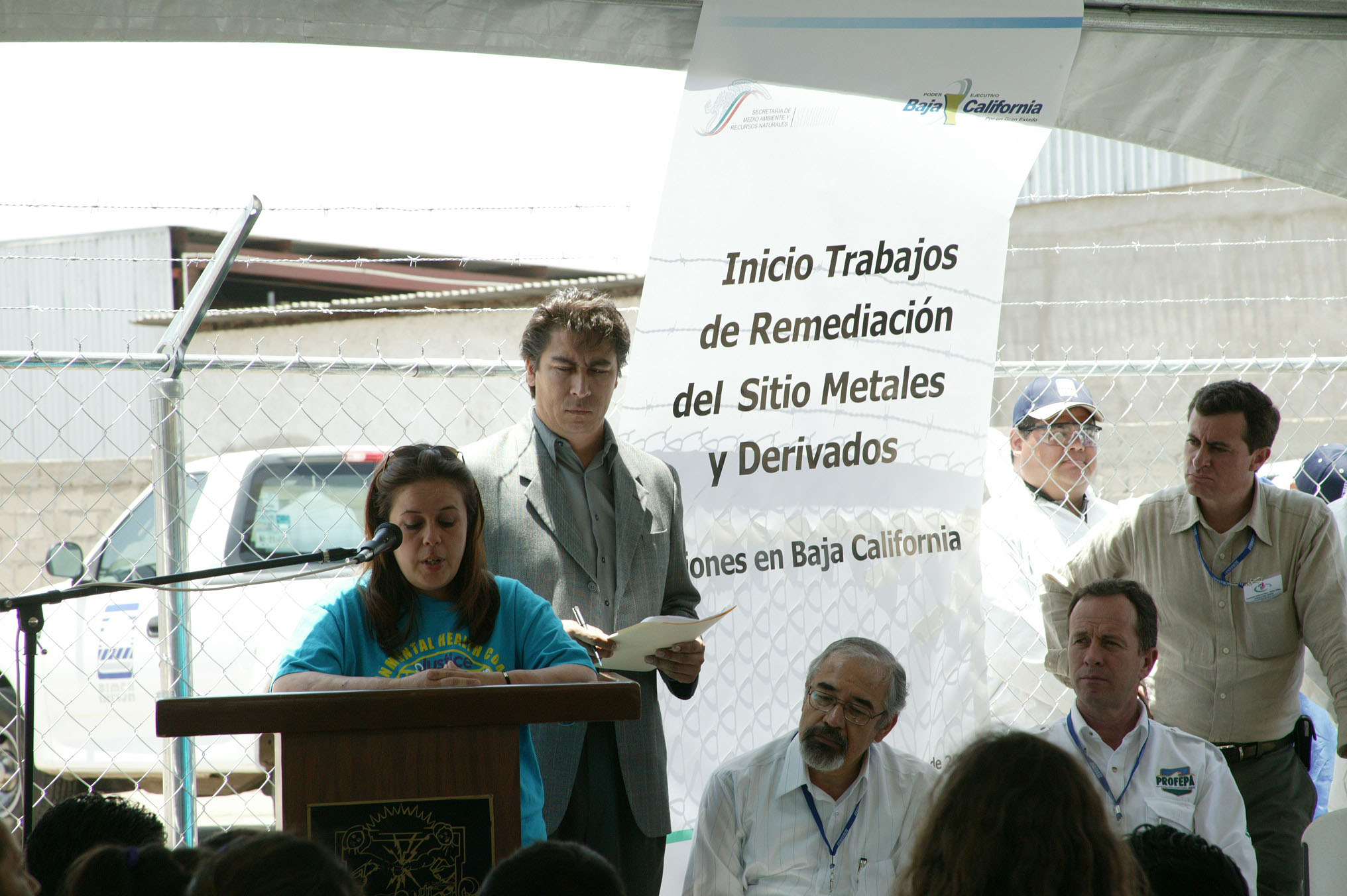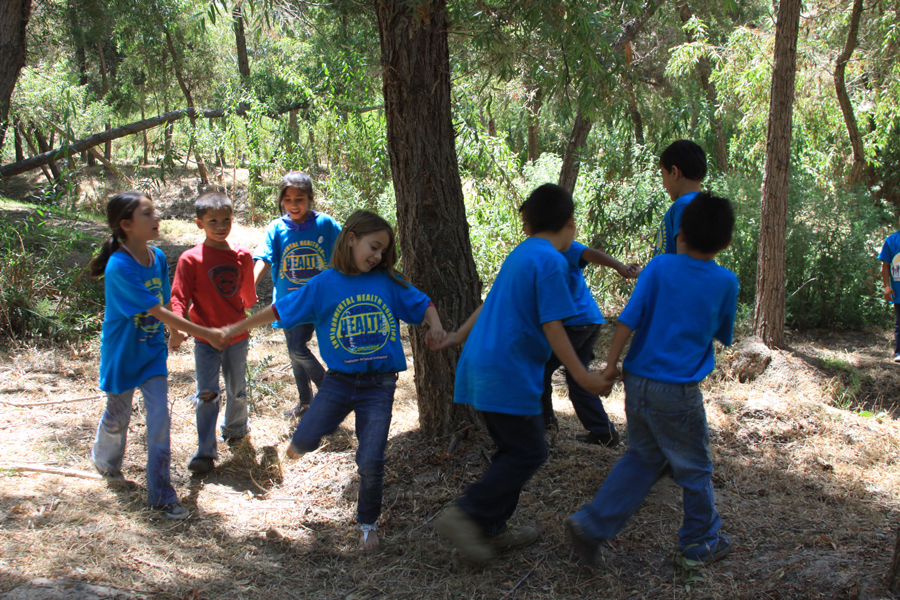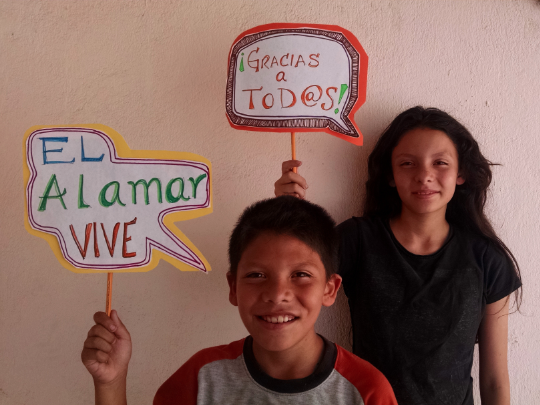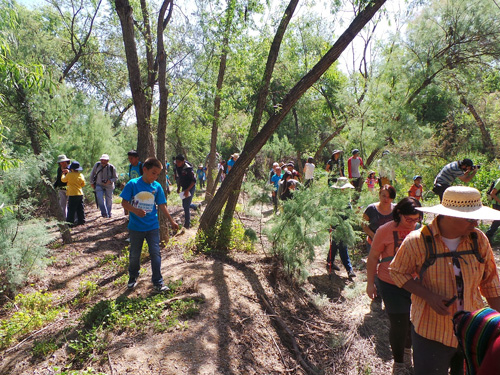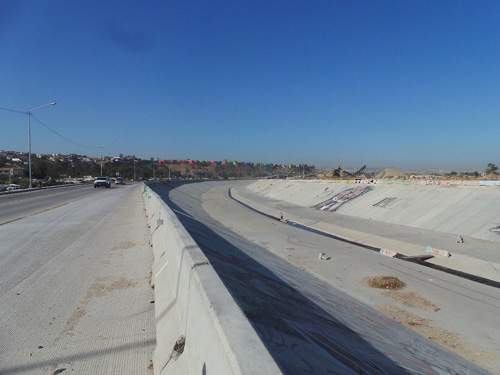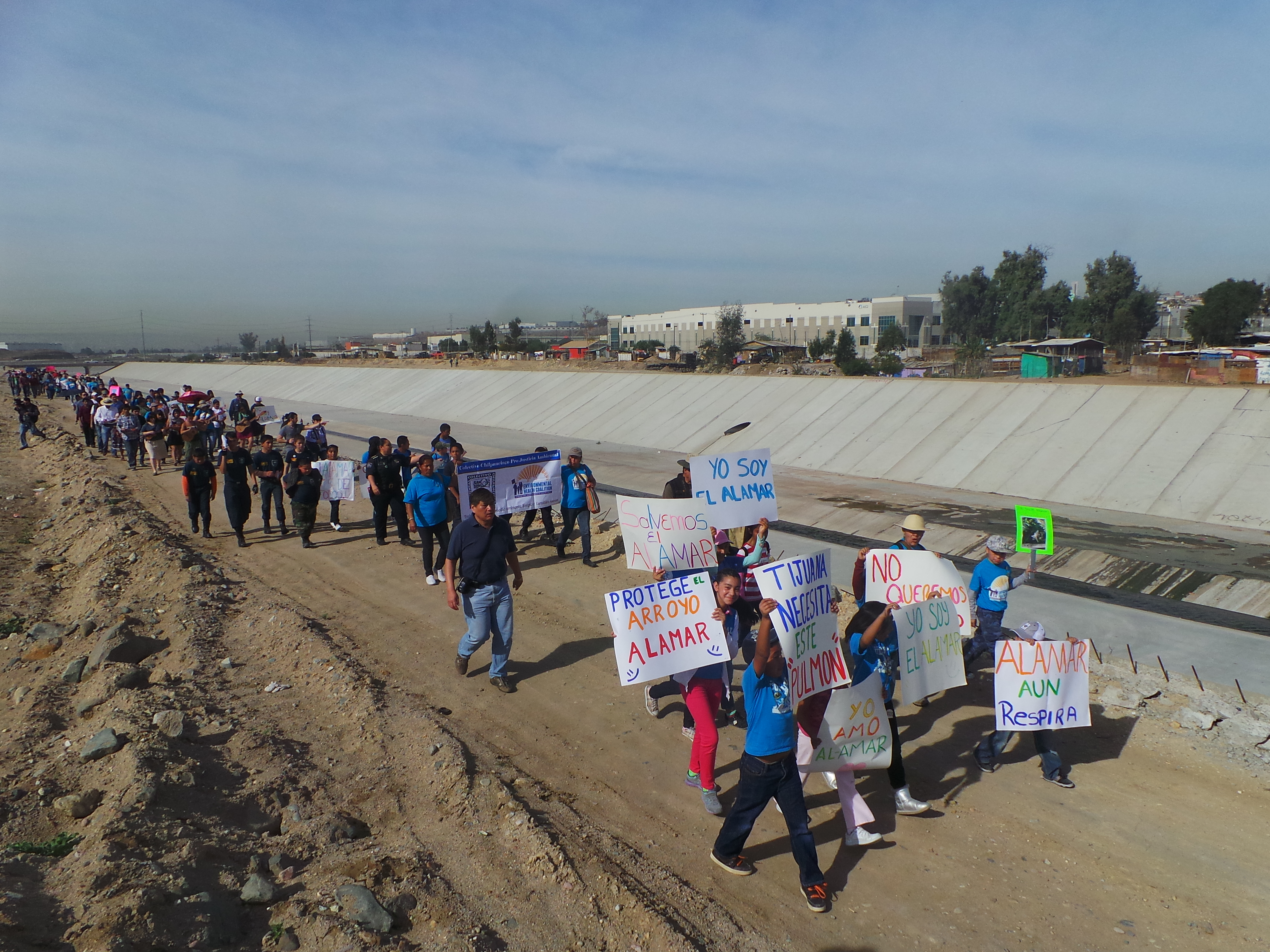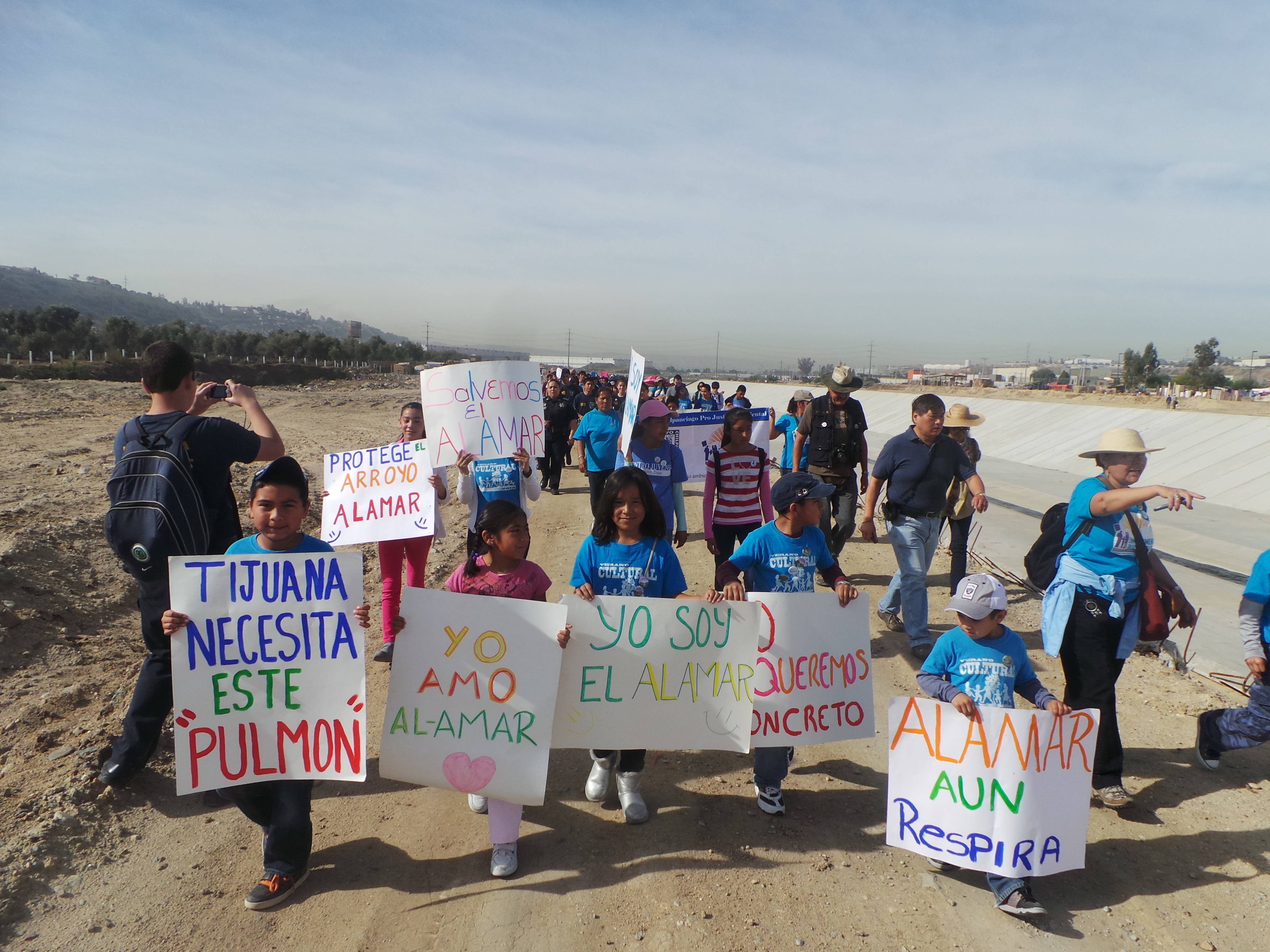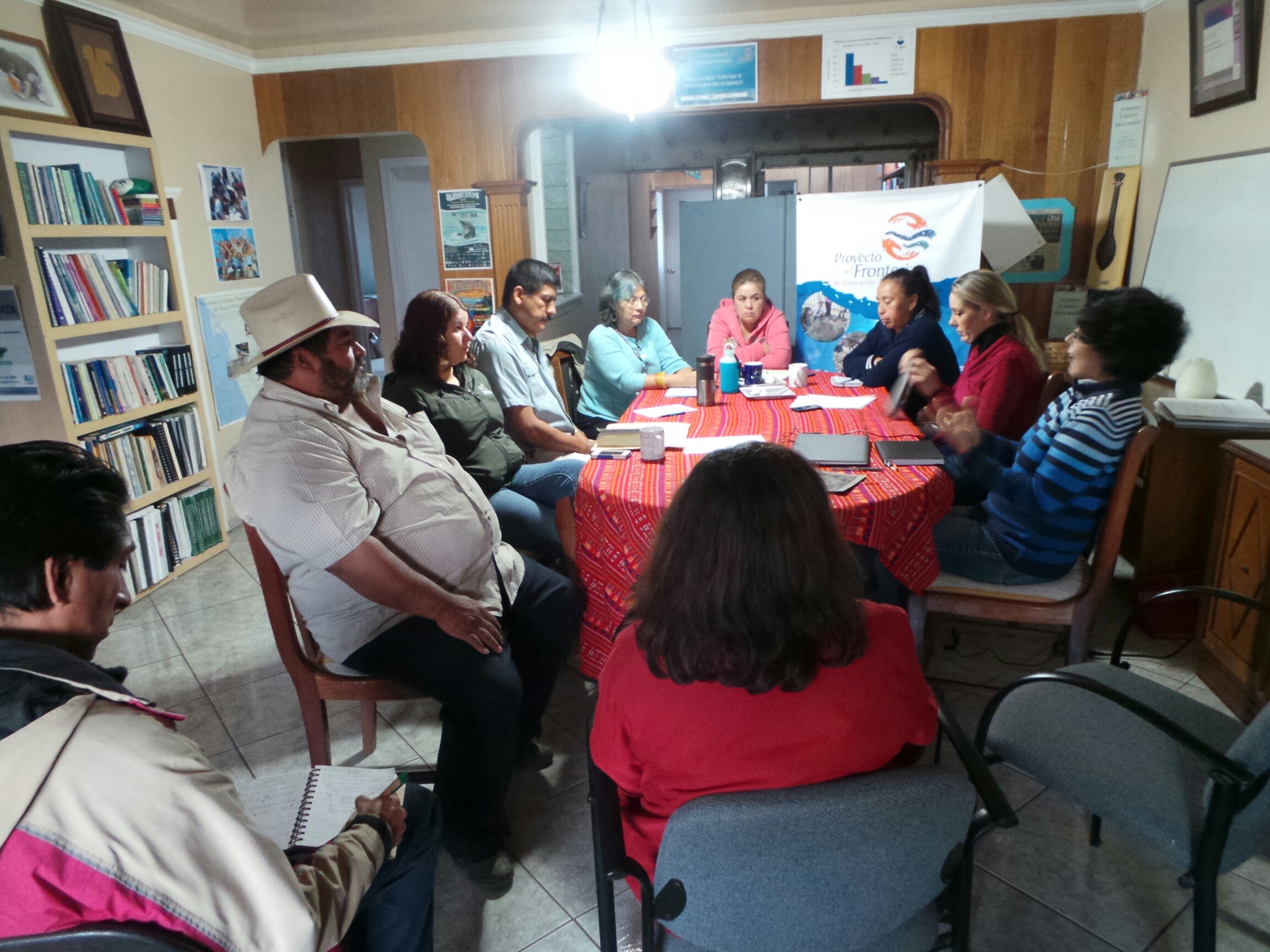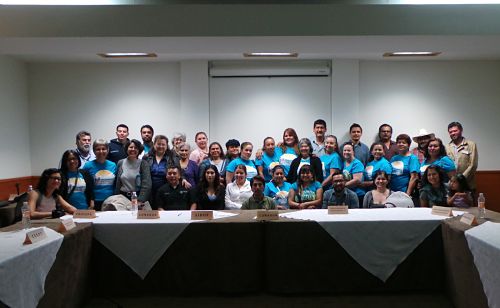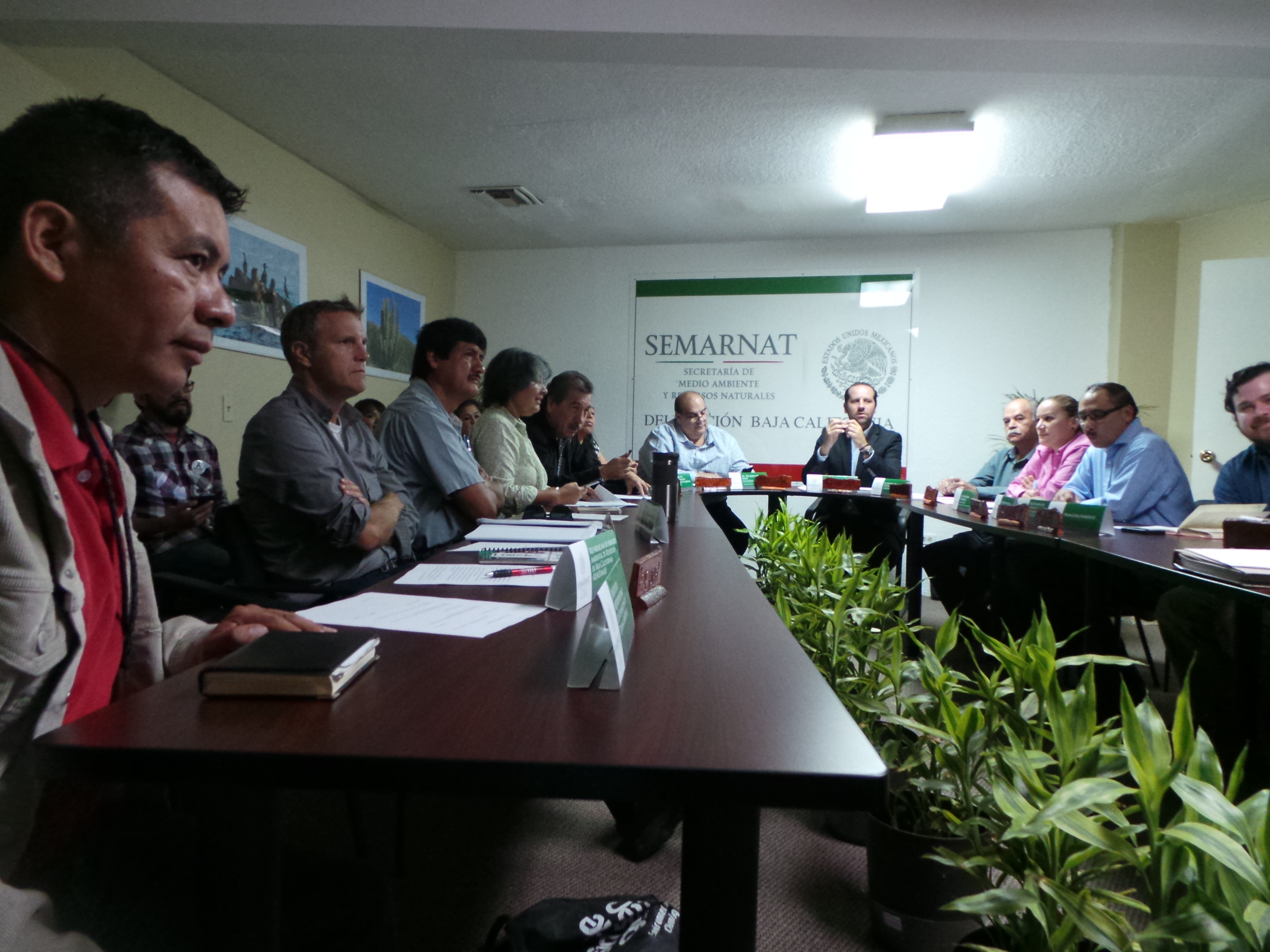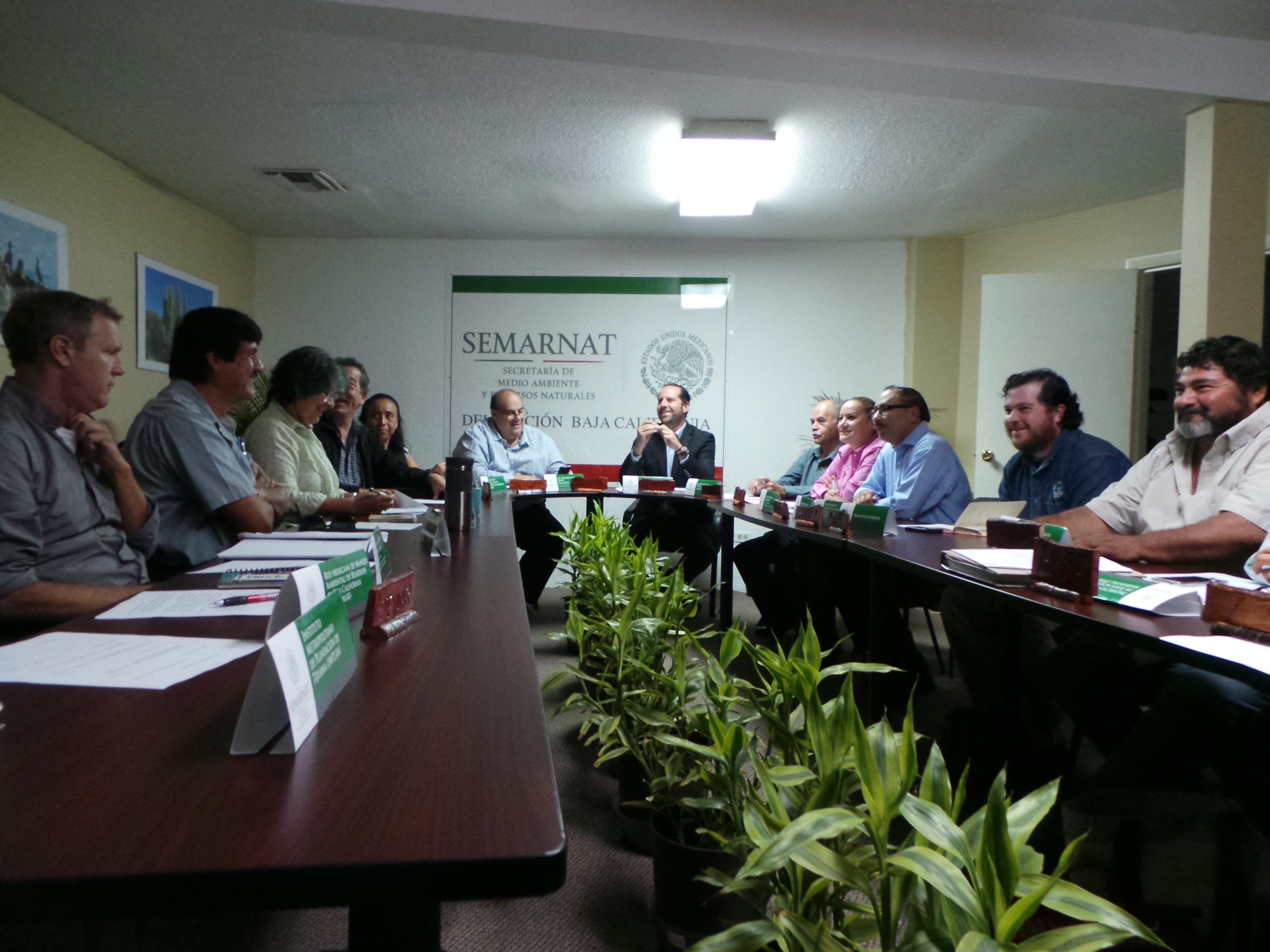EHC recently wrote a piece on why Barrio Logan needs Alternative 1 to restore the neighborhood to a safe, healthy and livable community. It was published in the UT San Diego on August 21, 2013. Please read the article below and sign our letter to support Alternative 1!
By Georgette Gomez, Rudolph Pimentel & Albert Dueñas.
What do you love about your neighborhood? Large parks. Local businesses. Well-maintained streets. Children playing outside. Clean air.
These seemingly obvious characteristics, which we expect in a livable community that we call home, aren't universal qualities shared by all San Diego communities. For instance, Barrio Logan's striking feature is land uses mixed together in a way not seen elsewhere in the city. Industries, homes, schools, auto body shops, recycling yards, stores, and parks share the same compact space, wedged between the I-5 freeway and the waterfront industries bordering San Diego Bay south of the Convention Center.
This raises concerns about air quality.
"I can never open the windows in the apartment, because my children are constantly sick. The little one, if we don't take care of her, she is going to develop asthma," Barrio Logan resident Estela Lopez told a reporter. "The doctor gave us a breathing machine for her. That's why the windows are shut, so she can breathe clean air."
Children in Barrio Logan have almost 2.5 times the asthma hospitalization rate as the county average. Unfortunately, that's striking. This year the state of California confirmed that Barrio Logan is a pollution hot spot and that the community ranks in the top 5 percent of the most vulnerable areas in the entire state.
Thankfully, community members, property owners and businesses have actively engaged in a five-year planning process to bring a new community plan to Barrio Logan, called Barrio Logan Community Plan Update Alternative 1. Heading to the City Council in September, this stakeholder-approved plan will end Barrio Logan's unhealthy mix of homes and schools next to polluting industries and begin properly zoned planning that will bring San Diego another livable community with a strong economy.
This is why the San Diego Planning Commission unanimously supported Alternative 1, which creates a necessary buffer between industrial uses and homes to allow our important maritime industry to thrive and also give mothers, fathers, sons, daughters and grandchildren a healthy place to call home.
Alternative 1's buffer zone puts an end to today's deadly mix of polluters and homes by preventing residential development in the buffer area but allowing maritime-supporting businesses and parking structures, another much-needed community amenity to support the shipyard industries along the bayfront. This has the dual benefit of protecting the residents by not allowing industrial uses near homes, parks and families. This key element also differentiates Alternative 1 from the other option, which would allow industrial uses within the buffer zone and also industrial development within 50 feet of homes.
The buffer zone between streets where young children play and spots where industries use toxic chemicals works in conjunction with the creation of a heavy industrial zone. Alternative 1 calls for this industrial park to centralize the maritime-industrial operations that support industries on the waterfront, such as welding shops, refinishers, ship repair support, and other port-related industries that will be grandfathered into the fabric of the neighborhood.
According to the environmental impact report for this project, the buffer zone and industrial park combination in Alternative 1 will contribute to a projected increase in employment from just over 10,000 jobs to nearly 15,000. This 47 percent increase will occur because more acreage is dedicated to industrial, commercial, retail and maritime support. And this industrial park is located away from schools and homes — a striking feature people expect in a healthy community.
Imagine the beauty of an economically secure Barrio Logan where the massive industries support the local community with a thoughtful buffer zone, a concentrated industrial park and a new parking structure for its thousands of employees.
Barrio Logan's daunting profile of pollution sources and vulnerability requires active, informed residents and comprehensive policy solutions, starting with reform of land use. The good news is that the stakeholder committee overwhelmingly supported Alternative 1 — which will finally address several of Barrio Logan's most pressing problems: separation of incompatible land uses; provision of more affordable housing; designation of parking areas for the large industrial workforce; and substantial conservation of industrial land uses to support the job-intensive waterfront.
That's something we can all love to see in Barrio Logan.
Gomez is associate director of Environmental Health Coalition; Pimental, a Barrio Logan business owner, and Dueñas, a Barrio Logan property owner, are members of the Barrio Logan Community Update Plan Stakeholder Group.


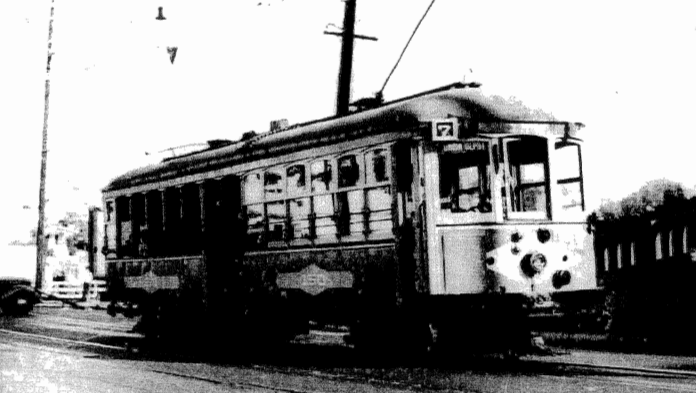
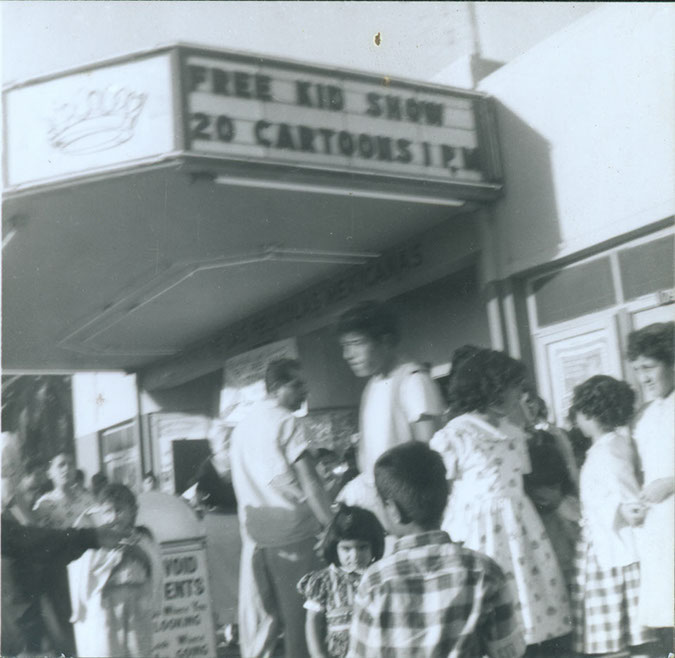 Prior to the
Prior to the 